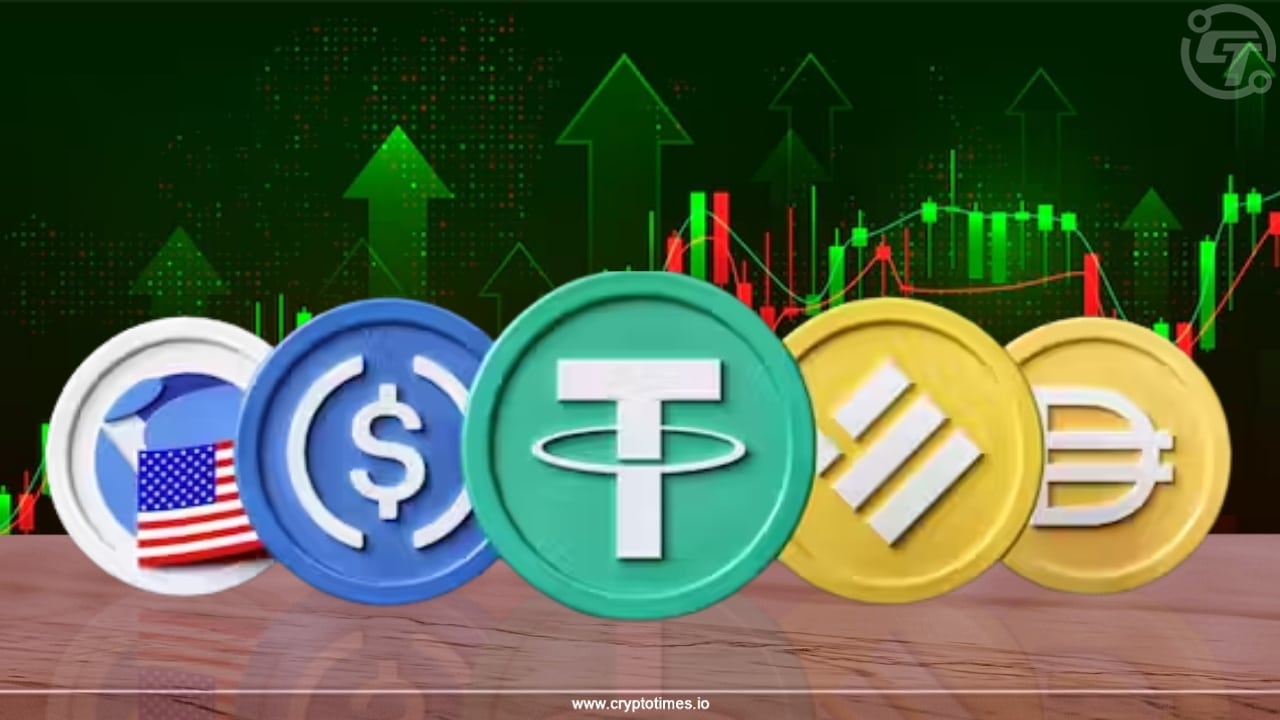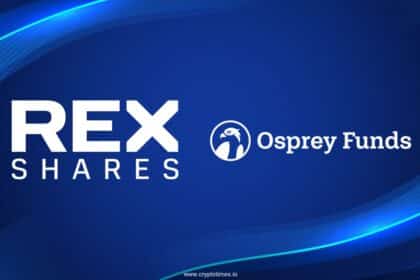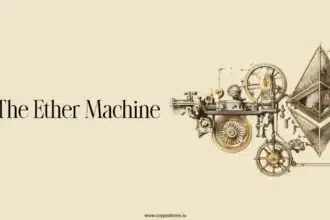Stablecoin payments could be worth more than $1 trillion each year by 2030, according to a joint report from crypto market maker Keyrock and Latin American exchange Bitso.
The report, which was shared on Thursday, says that this projection will come since more businesses, payment firms and people have now started using stablecoins for transactions.
Stablecoins on Track for $1 Trillion Payments
Stablecoins are digital currencies tied to real-world money, like the U.S. dollar, which helps keep their value stable. The report points out that stablecoins are winning over users because they are cheaper and faster than traditional payment methods.
For instance, sending $200 through a bank could cost as much as 13% in fees and take several days to settle before the receiver gets it, while stablecoin transactions can be completed in seconds for a fraction of the cost.
The authors see the foreign exchange market , where $7.5 trillion is traded daily, as a major opportunity. Today, most of these trades are settled two days after the deal (known as T+2) using a chain of banks. Stablecoins could make this much quicker by allowing direct swaps between currencies, with less waiting time and lower risk.
Banks Might Have to Catch Up
The report also said the stablecoins could shake up cross-border payments. With rules that are clear and better systems working together and enough liquidity, stablecoins could handle up to 12% of all global cross-border payment flows by the end of the decade.
“Assuming today’s challenges around regulation, liquidity, and interoperability are addressed, stablecoins could account for [about] 12% of global cross-border payment volumes by 2030,” the report states.
Big Names Are Already Joining the Race
As of 2024, stablecoins make up less than 3% of the $195 billion global remittance market, but the authors expect this number to rise quickly. Both say the key is better regulation and more firms coming in.
Meanwhile, some of these conditions are already taking shape. In July, U.S. President Donald Trump signed the Genius Act into law, which gives legal recognition to stablecoins.
In addition to this, in Europe, the Markets in Crypto-Assets (MiCA) regulations now provide a framework for compliant stablecoin use across the bloc.
These changes are attracting new participants, including fintech companies, payment processors, and even traditional banks, all competing alongside crypto-native leaders such as Tether and Circle.
Both companies are expanding by launching their own blockchains to capture more value from transactions. Payment firm Stripe is reportedly working on a blockchain with MetaMask, and Circle recently launched its own called Arc.
“In the long run, we believe every financial institution will have to support stablecoin infrastructure in some form,” said Devere Bryan, general manager at First Digital, the company behind the FDUSD stablecoin.
The stablecoin market is already valued at over $260 billion and could soon influence global money policy.
Also Read: Sam Altman Wants to Buy Chrome if Google is Forced to Sell











